全台筆電收購 收購ASUS筆電 收購ROG電競筆電 收購ACER筆電 收購Msi電競筆電 收購微軟SURFAC 看全文
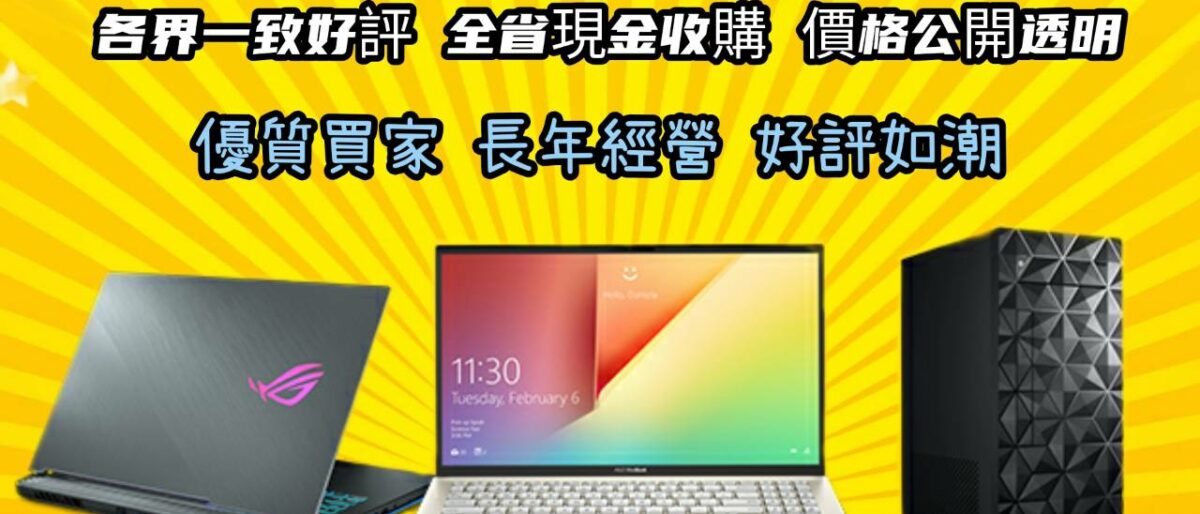
我們專業經營各項3C高價回收,收購電競筆電,文書筆電,輕薄筆 電,MSI,ASUS,ACER,HP,Razer,GIGABYBE,Microsoft,,多通路多管道,非坊間垃圾回收價,價格不怕您比較,歡迎企業戶汰舊換新,續約販賣,分期換現,電競筆電, 二手汰舊,手機,筆電,相機,鏡頭,空拍機
全台筆電收購lation — and these days, it’s a practical necessity to do anything online. It often feels like Gmail has always been here and always will be. But 20 years later, I don’t know anyone who’s champing at the bit to open up Gmail. Managing your inbox is often a chore, and other messaging apps like Slack and WhatsApp have come to dominate how we communicate online. What was once a game-changing tool sometimes feels like it’s been sidelined. In another 20 years, will Gmail still be this central to our lives? Or will it — and email — be a thing of the past? The thing most people remember most about Gmail’s launch is the free storage. What Google remembers is the search. “If you think about the kind of value proposition that Gmail brought to the table when we first started, it was about lightning-fast search,” says Ilya Brown, Google’s VP of Gmail. People were tired of email management, Brown says. Spam was everywhere, and inbox storage was tiny. You constantly had to delete emails to make room for new ones. Gmail’s giant storage limit solved that.But Gmail’s solution also introduced a new problem: now you had way too many emails. That’s where Google’s search prowess came in. If you’re never deleting emails, speedy and reliable search is a must.If you’re never deleting emails, speedy and reliable search is a mustGoogle has tweaked the Gmail formula over time. In 2008, Google introduced themes, making Gmail’s inbox much more whimsical than the competition. (The little tea-drinking fox and I have been buddies ever since.) You now get 15GB of free storage. Gmail went mobile in the mid-2000s. And Google has made smaller changes like adding email priorities, smart replies, summary cards, and the one-click button to unsubscribe from that newsletter you definitely don’t remember signing up for.Even with all the changes, Gmail feels largely the same. (Though, I guarantee if you look at an old picture of Gmail, you’ll be taken aback by how much has changed.) That may have to do with how few big or disruptive changes have been made in the intervening years. At launch, Google was free to shake up the email formula to its liking. Decades in, the company has to be careful not to disrupt the most widely used email service in the world. “What we take very seriously is building for things that [Gmail users] need,” says Maria Fernandez Guajardo, senior director and product manager for Gmail. With a product like Gmail comes big expectations for reliability. While Google is keen to experiment, the company has to take extra care in rolling any new features out and explaining how they’ll impact the product.Google brought Gmail to mobile in the mid-2000s. Photo by Fabian Sommer / picture alliance via Getty ImagesThis could be why Google has made so few major changes over the years. Even as online communication has accelerated with DMs, group chats, and corporate messaging tools, most of that has happened around or outside of Gmail. Email still has its place, but it’s not quite the central way we communicate anymore. I used to keep Gmail open in my browser to talk to my friends and colleagues through Gchat. Now, I live in Slack with my Gmail off to the side.When you have enough storage that you never have to delete anything, you can keep an infinite record of your life. Packages, receipts, itineraries of past trips, messages from loved ones, photos, appointments, documents — you can just label them, archive them, and search for them later.A lot of this is detritus, but there are special moments mixed within. Email was how I kept in touch with my parents when I moved abroad in my 20s. Now that they’re gone, I’m grateful to have a record of that love sitting in my Gmail. When I go searching for those emails, it feels like stepping through time. I saw old college internship applications and grimaced through my old résumé. There were goofy e-cards from my high school pals. The cringiest breakup email from my first real heartbreak. A whole battle plan with friends to defeat Ticketmaster for Hamilton tickets. Little things that teleported me to a different place in my life.Then, and now. Image: GoogleMost of those communications now happen over text or social media DMs, a decentralized network of communications meant to be far more disposable. It’s not quite as easy to search through your DMs as it is your inbox. Slack requires you to pay if you want to access older messages. Scrolling through my TikTok DMs to find a video a friend sent is tedious if it didn’t happen within the past day or two. I often feel the urge to screenshot chats I want to remember — only for them to get lost in my camera roll. Gmail’s ability to archive is still unmatched.Gmail is like a passport for the internetAs Gmail became too slow for day-to-day communication, email became the “official” communication channel — a place for things you need searchable, tangible records of. It’s taken the fun out. I had to create a buttoned-up email address because my high school one was too embarrassing. New parents often make emails for their newborn children, both to secure an address and as a sort of digital baby book.“We definitely recognize that Gmail is almost like an identity. It’s almost like it’s a representative of you in the outside world,” says Brown. “How do we help identity to evolve with [Gmail] users over time? We don’t have a solution yet, but we’ve been thinking about it.” RelatedYour Google account no longer needs a password to sign inHow to use a passkey to sign in to your Google accountGmail is like a passport for the internet. Whenever I create a new account for a site or service, it’s tied to my Gmail. Often, it also doubles as my username. My Gmail is my ticket to all my apps, health care, taxes, bank accounts — my entire digital life. If I get locked out of anything, I go to my Gmail to get back in. I may not be excited to open up Gmail anymore, but my Gmail password is still the most important one in my life. Sometimes, I wake up to 100 newsletters and marketing emails and get the urge to burn it all down — to start fresh with a calm, anonymous inbox. But the reality is, there’s too much to lose. I’ve moved four times in 10 years, but my email has stayed the same. Every day, I have a friend who nukes their account on social media, but no one ever stands up to announce they’re quitting email. (Will Slack and TikTok even be here in 20 years?) I imagine the headache it’d be to set up a new email, to let everyone know, and the people who would fall through the cracks. It’s no question Gmail will endure; what I’m less certain of is what my relationship with it will be.Google seems aware of this dichotomy, saying it wants to make email less laborious — to sprinkle a bit of that initial joy back into the inbox. No one ever stands up to announce they’re quitting email“We want to think about, you know, the different delightful moments that aren’t always associated with email itself,” says Brown. “Sometimes that’s things you didn’t have to do or things that help you do something faster.” For example, if you email a colleague about getting coffee, perhaps Gmail’s AI pops up a recommendation for a local cafe and puts it on your Google Calendar. To me, it sounds like turning Gmail into a personal assistant or a digital librarian for my life. It’s still some form of managing an endless archive of my life, but maybe that’s just what email is now. Perhaps we can’t reinvent the inbox
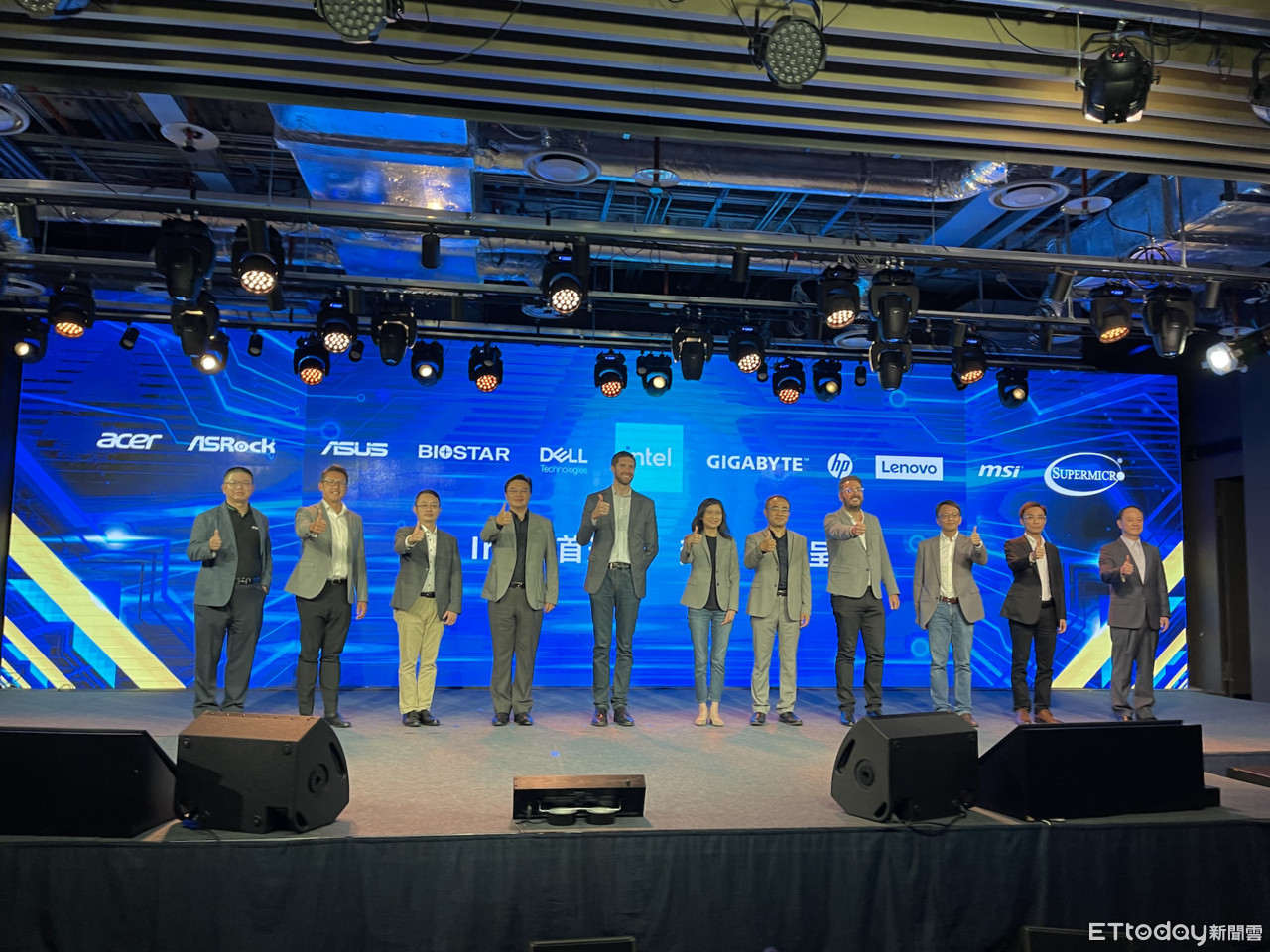
▲intel 攜手國內外電腦大廠一起慶祝第11代處理器上市。(圖/記者洪聖壹攝,下同)
特約記者洪聖壹/綜合報導
受到疫情影響,今年intel難得在台灣舉辦桌上型處理器上市記者會,這也是全球少數舉辦實體上市活動的地區,活動現場有來自國內外共計 11 家廠商參與,並且展出採用第11代處理器的相關產品。
英特爾台灣分公司業務暨行銷總經理汪佳慧指出,採用14奈米製程的Rocket Lake,最高擁有8核心16執行緒,採用Cypress Cove微架構,不管是效能、圖形運算、AI 這三個區塊在第11代產品都有顯著成長,她也相當看好產品上市後在市場上的表現,同時也強調不管是半導體還是 intel 在台灣的 PC、資料中心、5G物聯網、AI 或雲端等,都會繼續投資台灣,並繼續與台灣第三方公司合作,一起服務全世界。
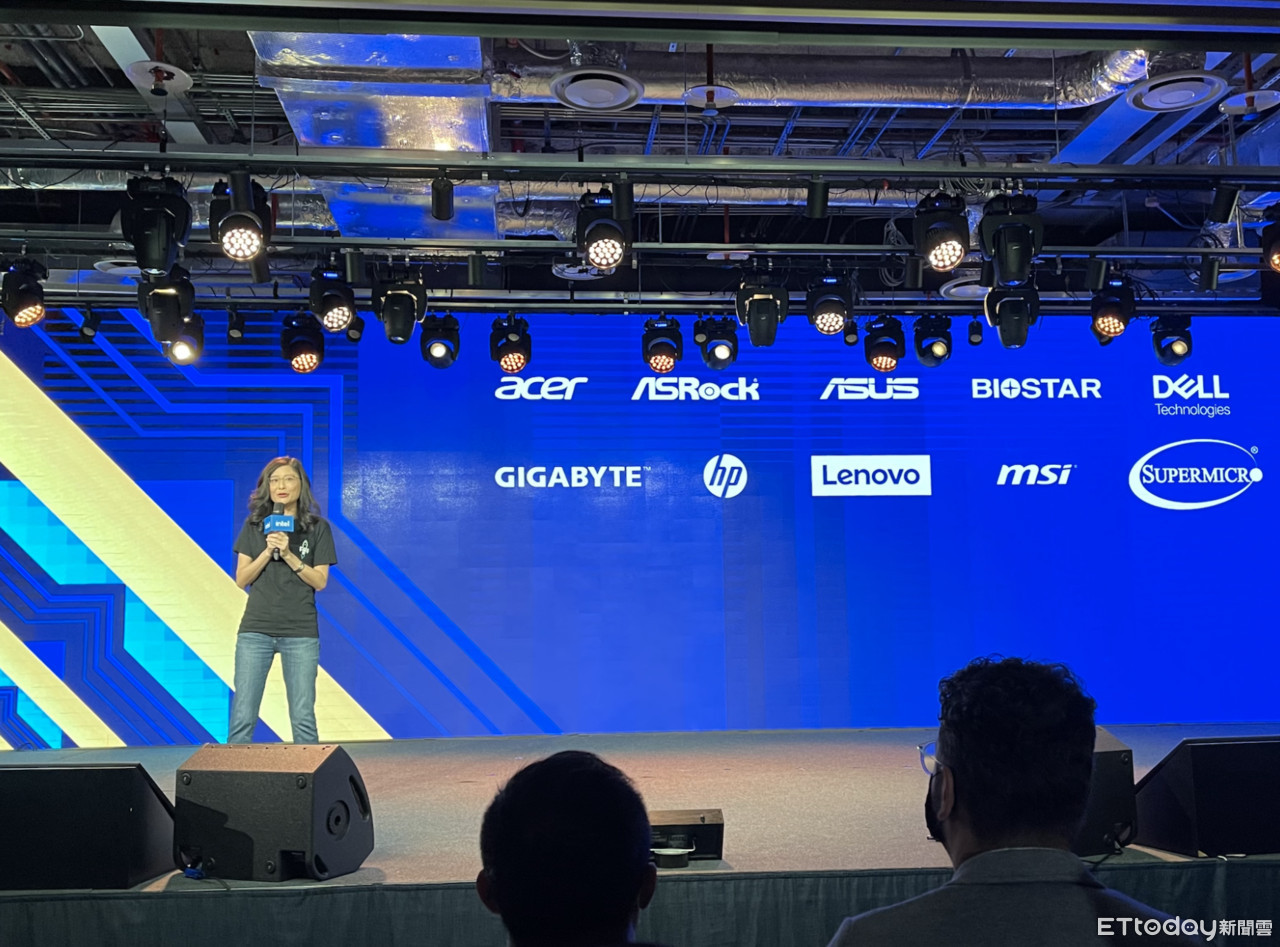
第11代 intel Core 桌上型處理器系列最高擁有 8 核心 16 執行緒,擁有三大特色,第一個是 IPC 的提升、第二是顯示效能的提升,再來就是超頻變得更穩定而且便利。
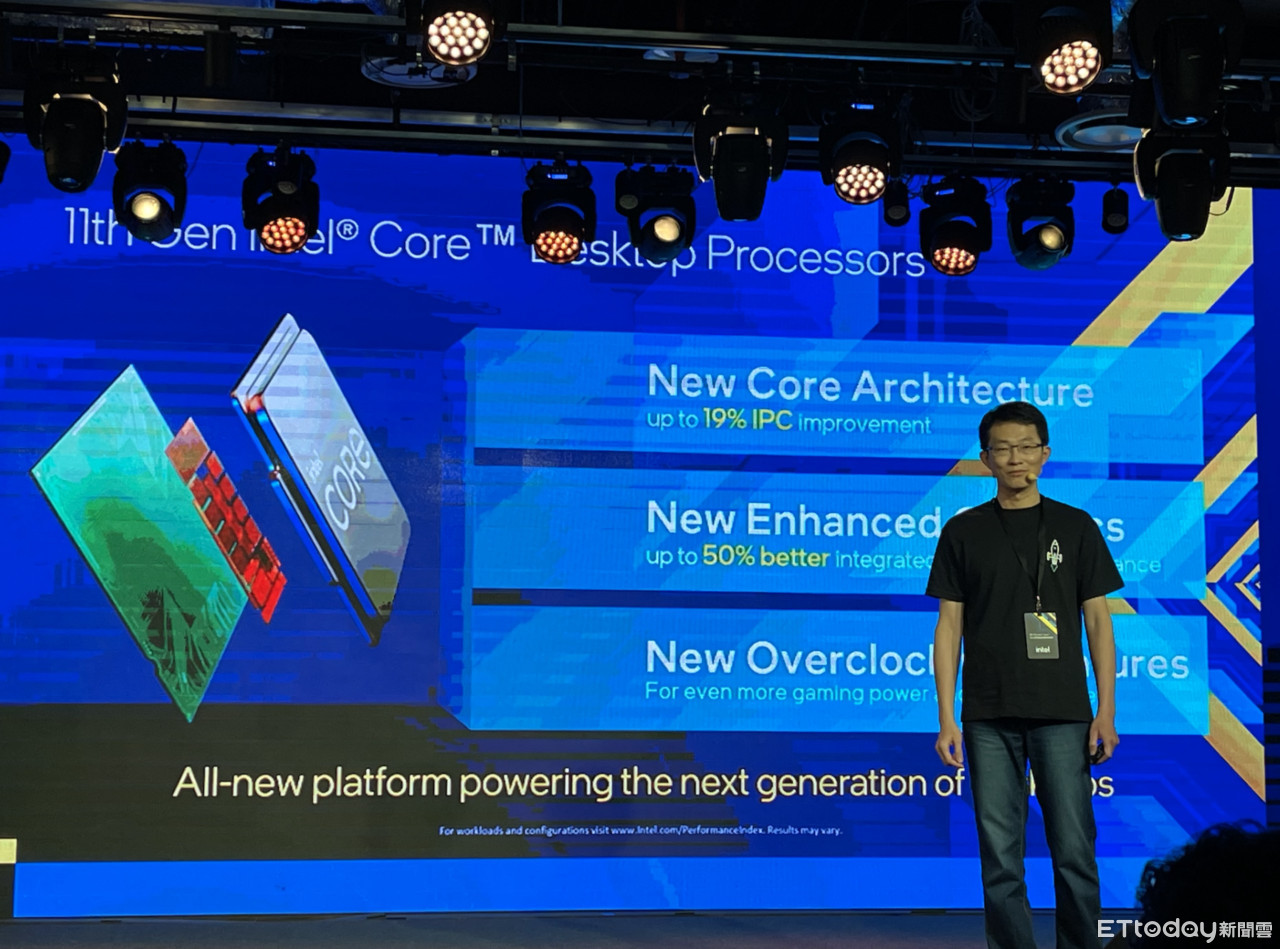
因應玩家需求,全新 Cypress Cove 微架構,讓整個 IPC 效能比上一代提升 19%,透過intel Adaptive Boost Technology(ABT)提升多核心、多執行緒表現。
第11代 intel Core i7、i5 桌上型處理器最大特色就是相容 DDR4-3200。i3 可以說是上一代的再提升,最多支援 DDR4-2666。在超頻方面,10代以前都記憶體控制上只能支援Gear 1,但是11代(部分i5與i7)可以支援到Gear 2,藉此讓 CPU 只要跑一半的頻率,就可以達到超頻需求,如此一來對於大部分的遊戲來說就具有更多的相容性,而且對於合作夥伴來說,操作性更簡單。
除了相容性,另一個亮點是針對機器學習方面,新增了intel Deep Learning Boost 功能(VNNI指令集),大幅度加速 AI 應用,另外 Gaussian & Neural Accelerator(GNA)使用超低功耗處理 AI 語音應用,而且 PCIe 也提升到Gen4 ,這代表將大幅提升 NVMeSSD 讀寫效。
在顯示核心方面,內建 UHD Graphics 採用最新 X 架構,提升能源效率,另外受惠於新的媒體區塊,新增了 AV1 硬體解碼,相同編碼效率相較 HEVC/H.256 提供更精緻的畫質。
在 500 系列晶片組,Z590、H570 用以銜接處理器的 DMI 3.0 升級到 8 通道,撐起 NVMe SSD 和 USB 3.2 Gen 2X2 所需頻寬,也能夠以獨立晶片或者無線網卡支援 Thunderbolt 4 或者 Wifi 6W。H570、B560 晶片組更首次支援記憶體超頻。新的處理器提供Gen 2 和更寬廣的時序調節,Windows 作業系統環境,能夠透過 intel Extreme Tuning Utility 及時調整運及時調整運作記憶體時脈。
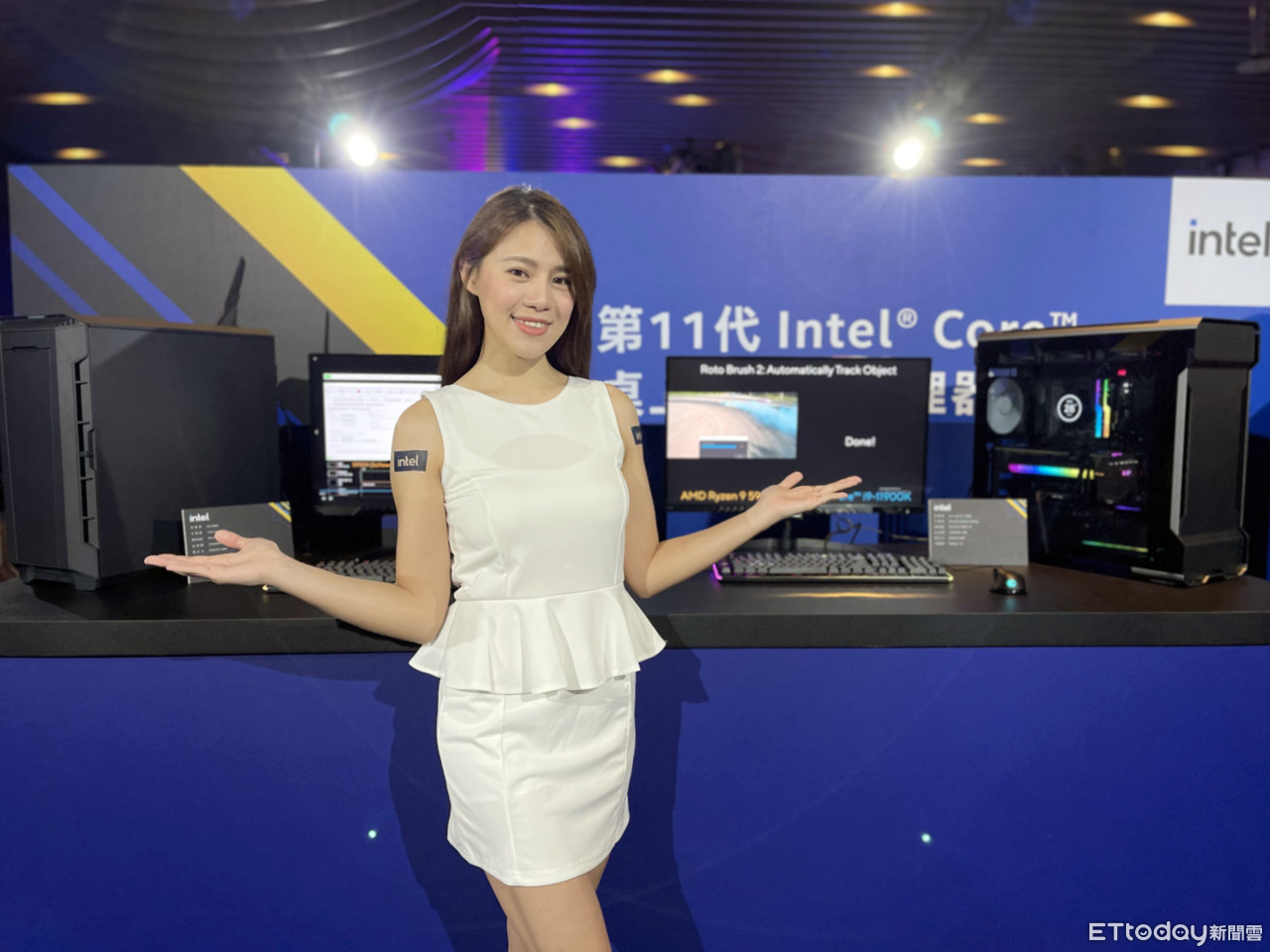
這次活動當中,包括宏碁、華碩、華碩、華擎、戴爾、惠普、技嘉、微星、聯想、映泰、美超微等廠商同台展示旗下最新產品,分述如下:
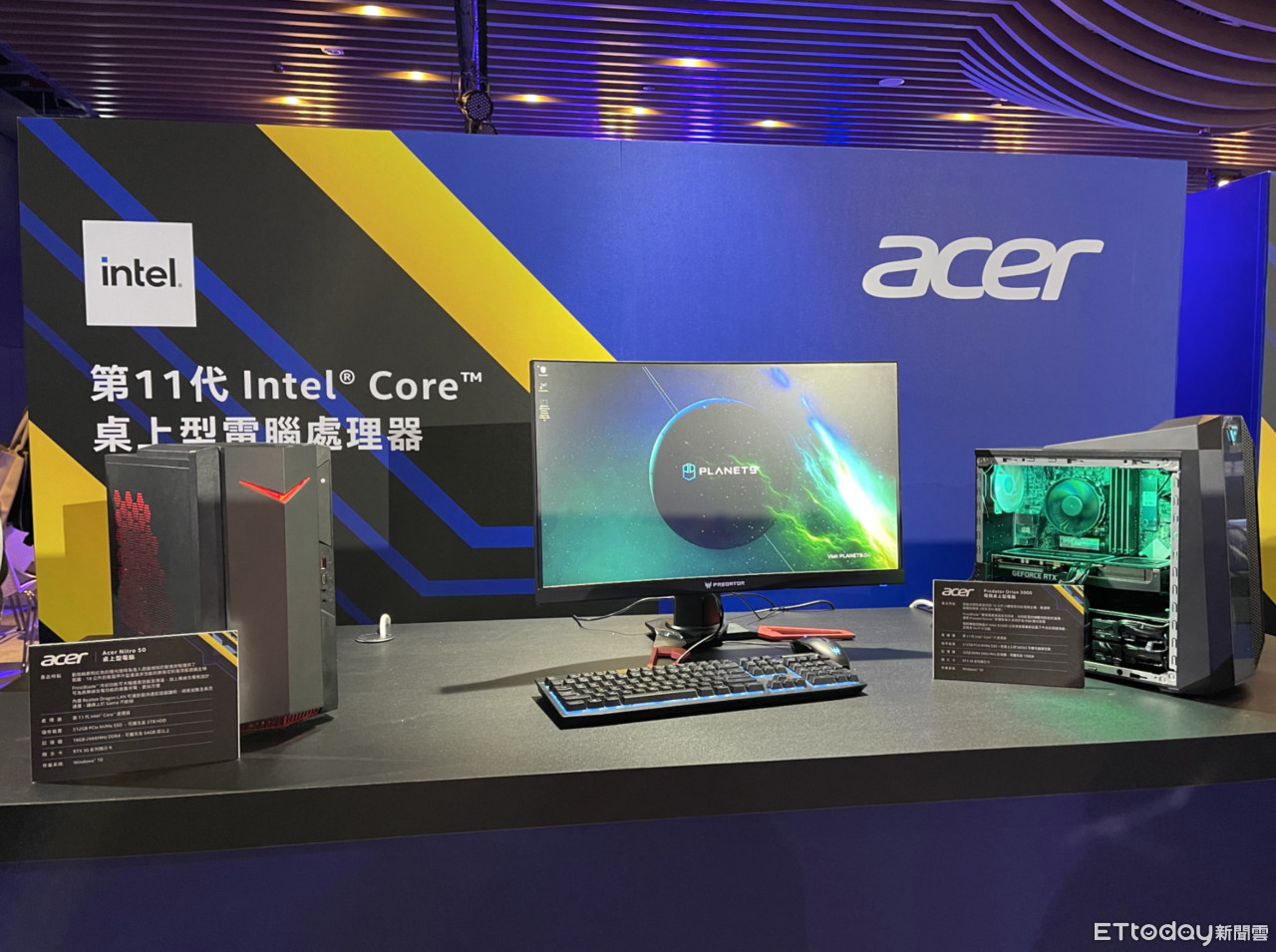
▲ACER 在現場展示 Acer Nitro 50 桌上型電腦等多項產品,主機著重提供FrostBlade冷卻功能。(圖/記者洪聖壹攝)
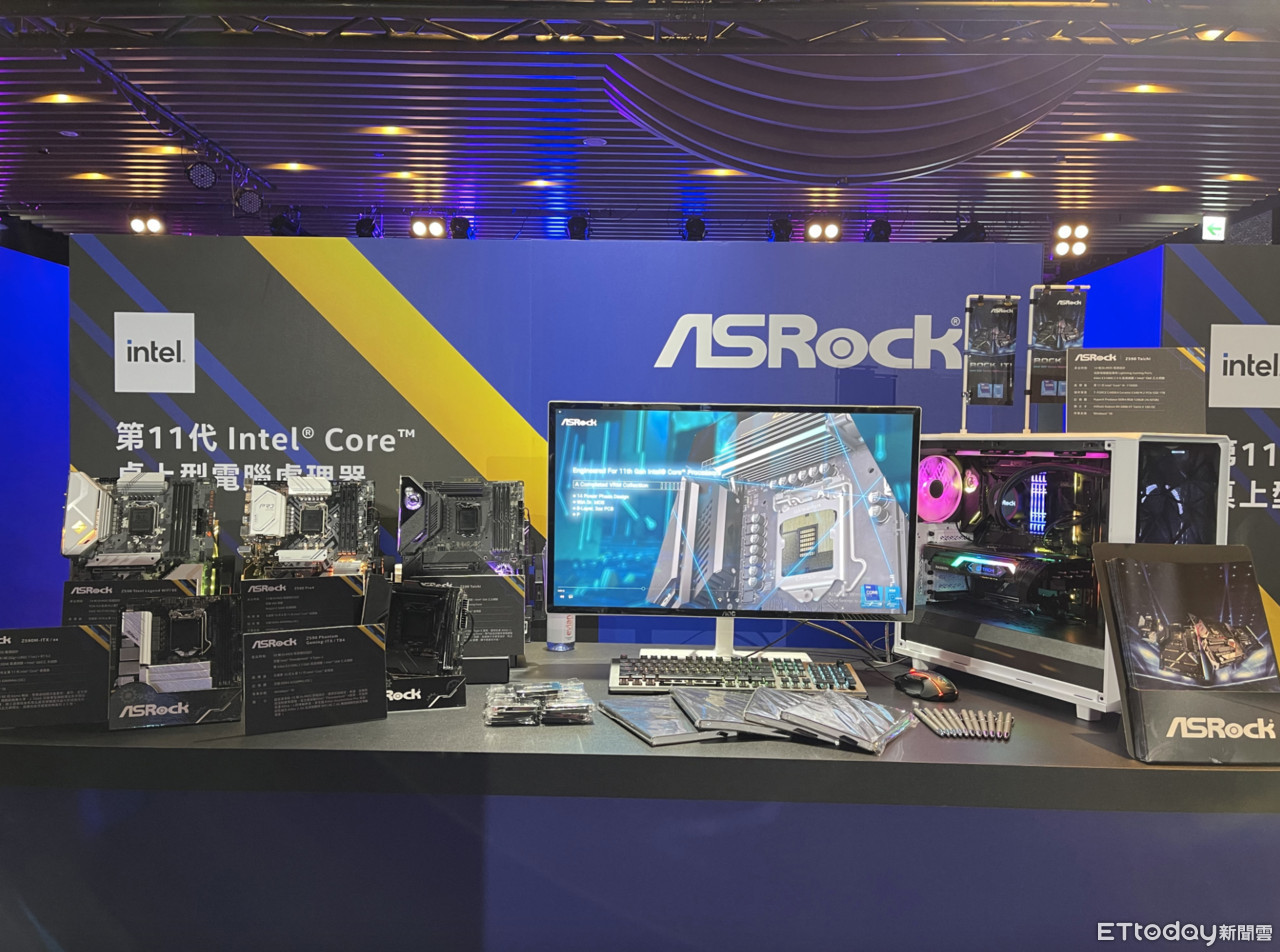
▲ASROCK 展出 Z590 Taichi 等多項產品,著重產品擴充性跟散熱能力。(圖/記者洪聖壹攝)
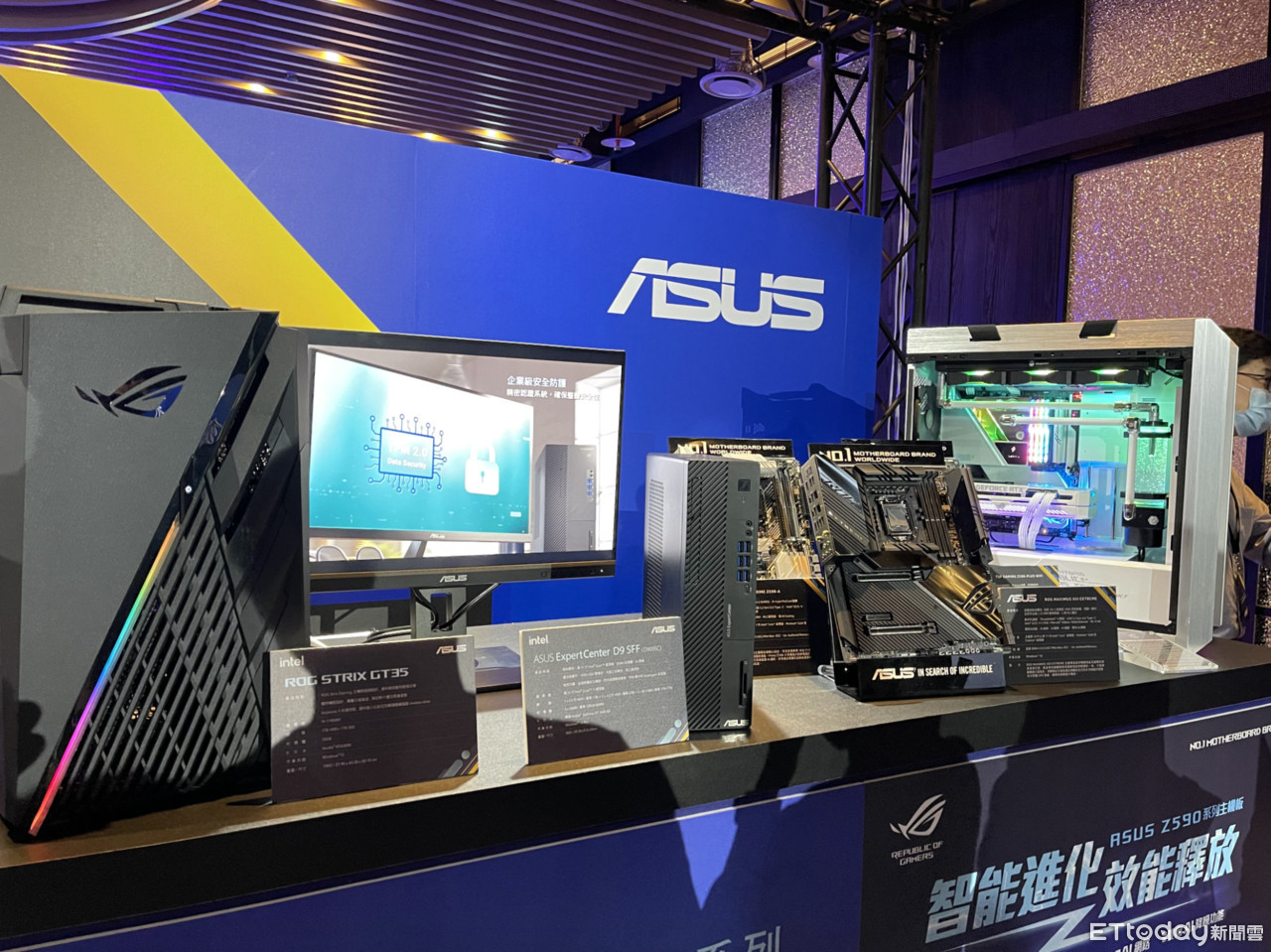
▲華碩ROG展示多項旗艦產品,其中ROG STRIX GT35主機特色除了散熱系統,甚至還支援兩組SSD熱插拔擴充。(圖/記者洪聖壹攝)
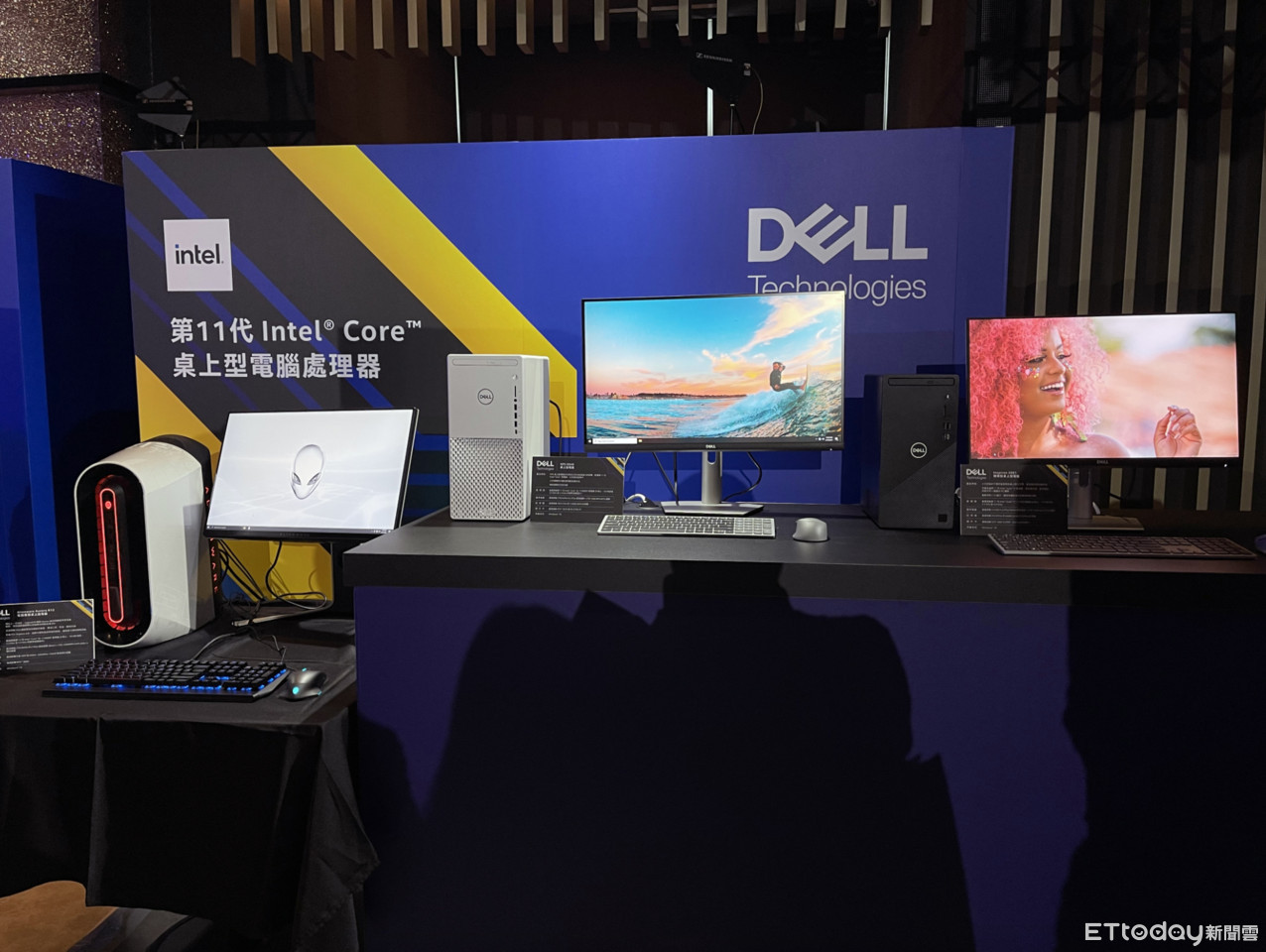
▲Dell展示的桌上型電腦 Alienware Aurora R12除了著重高效散熱,特色是內部散熱氣流通風設計,並且標榜無需工具就可以輕鬆升級。(圖/記者洪聖壹攝)
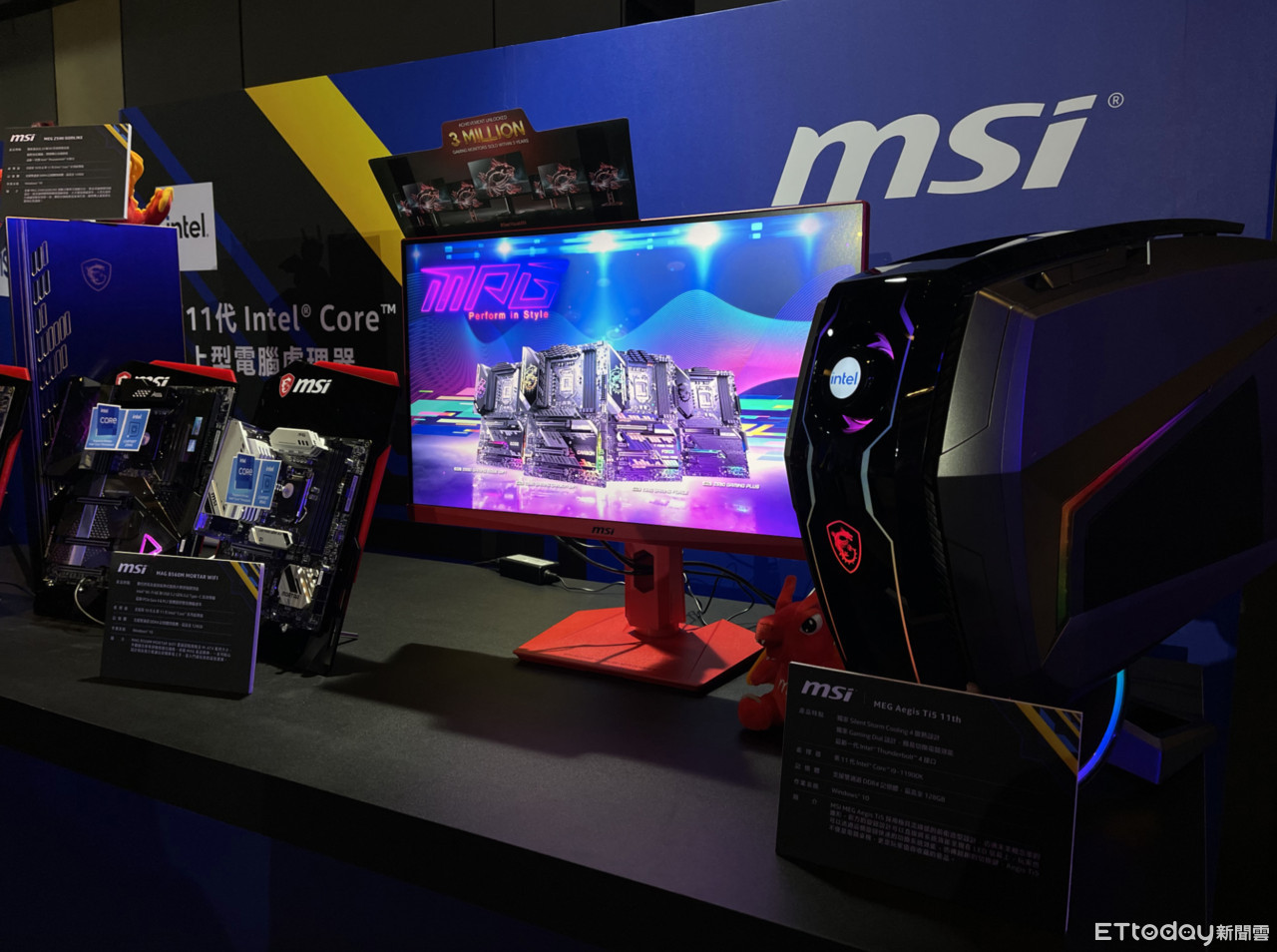
▲MSI的Aegis Ti5 採用Silent Storm Cooling 4散熱設計,並且擁有Gaming Dial 可以一鍵超頻。(圖/記者洪聖壹攝)
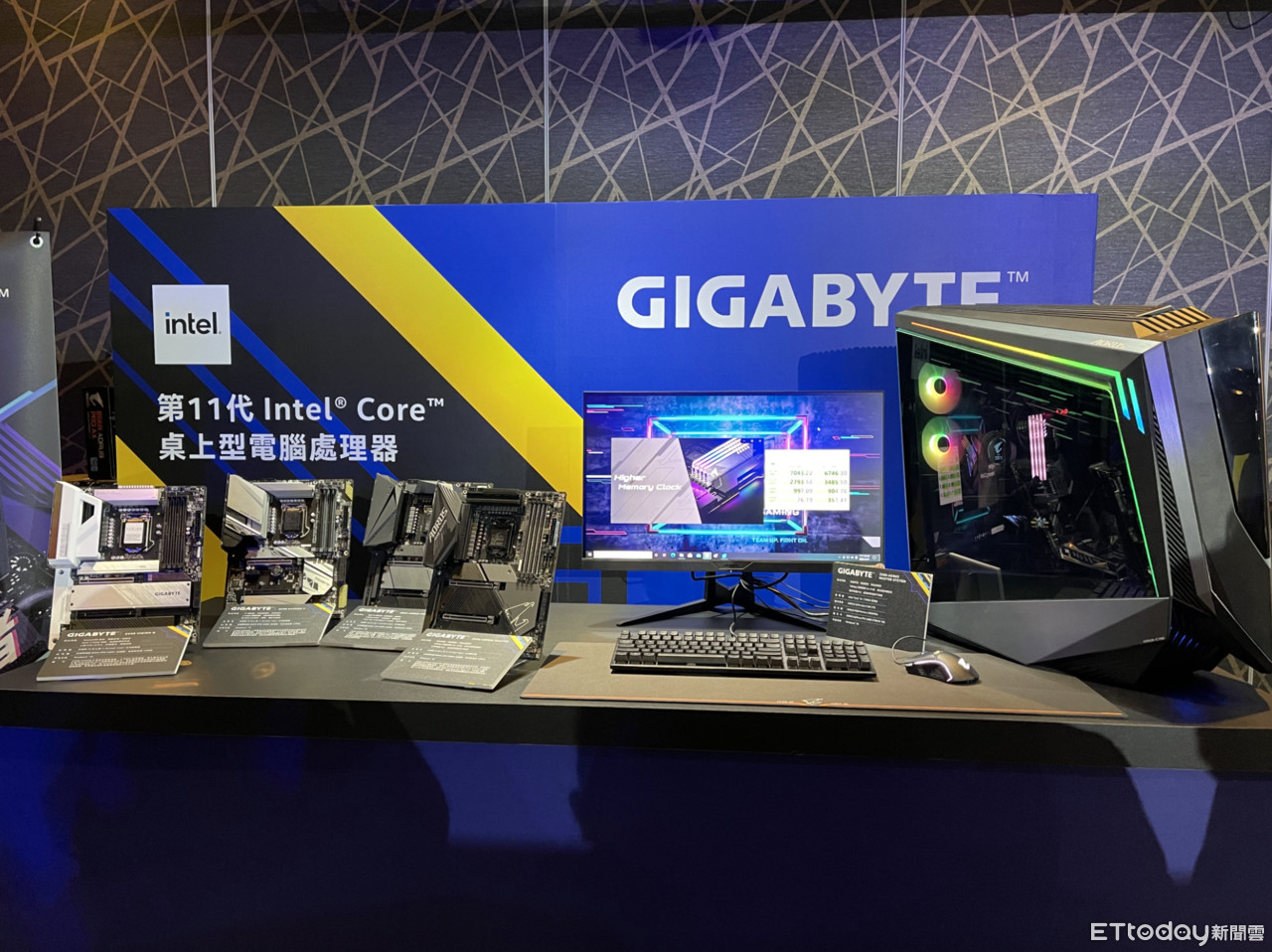
▲全台筆電收購gigabyte 的AORUS Z590主機標榜先進供電、頂級散熱,主機外型就像裝甲一樣,是全場展示的最大主機。(圖/記者洪聖壹攝)
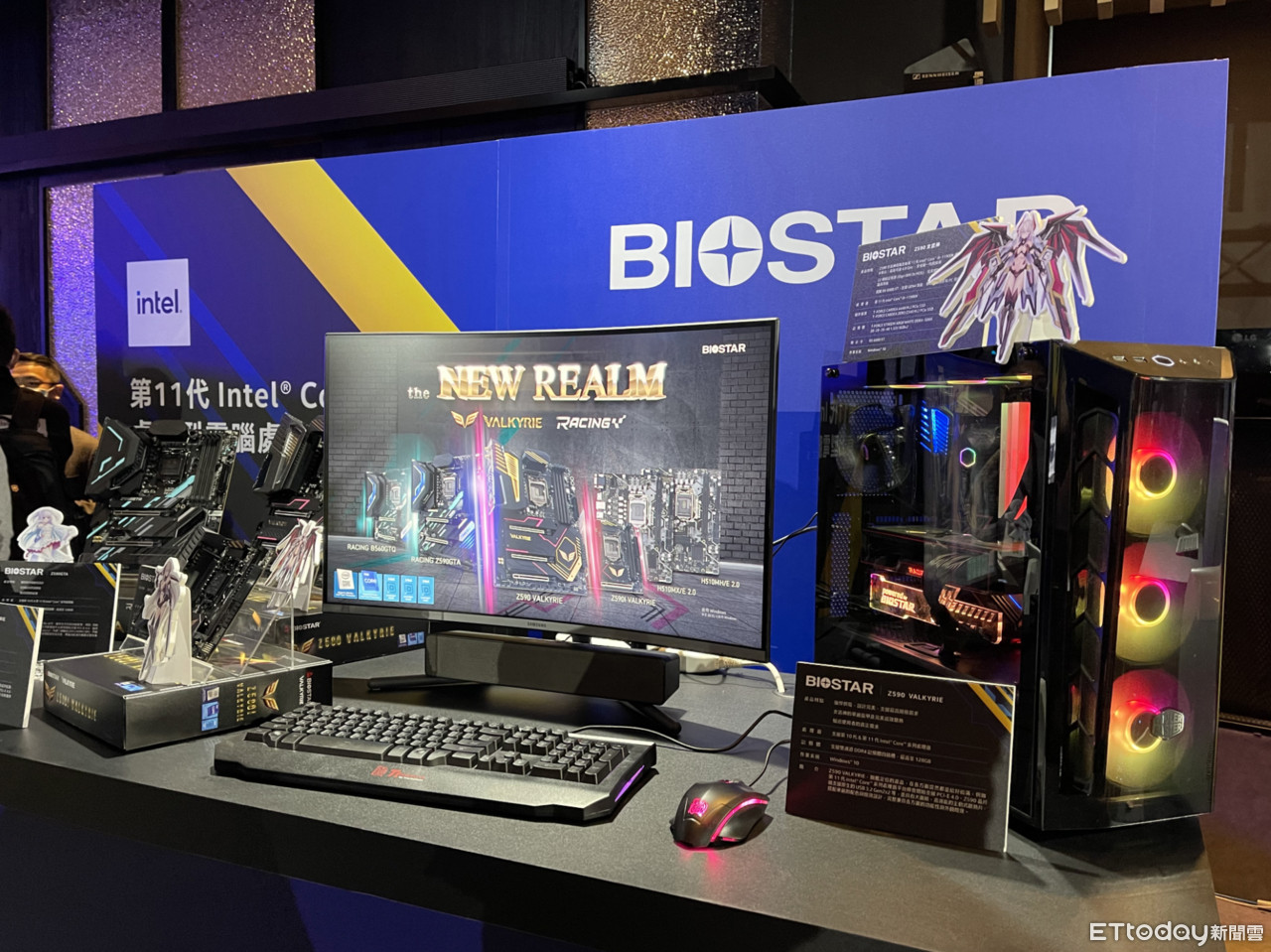
▲BIOSTAR充滿女性玩家味道,今年首發的女武神機板著重強悍的供電效率,並且特別用「盔甲」包覆散熱風扇,主機Z590 VALKYRIE則標榜效能、散熱、供電、與設計。(圖/記者洪聖壹攝)
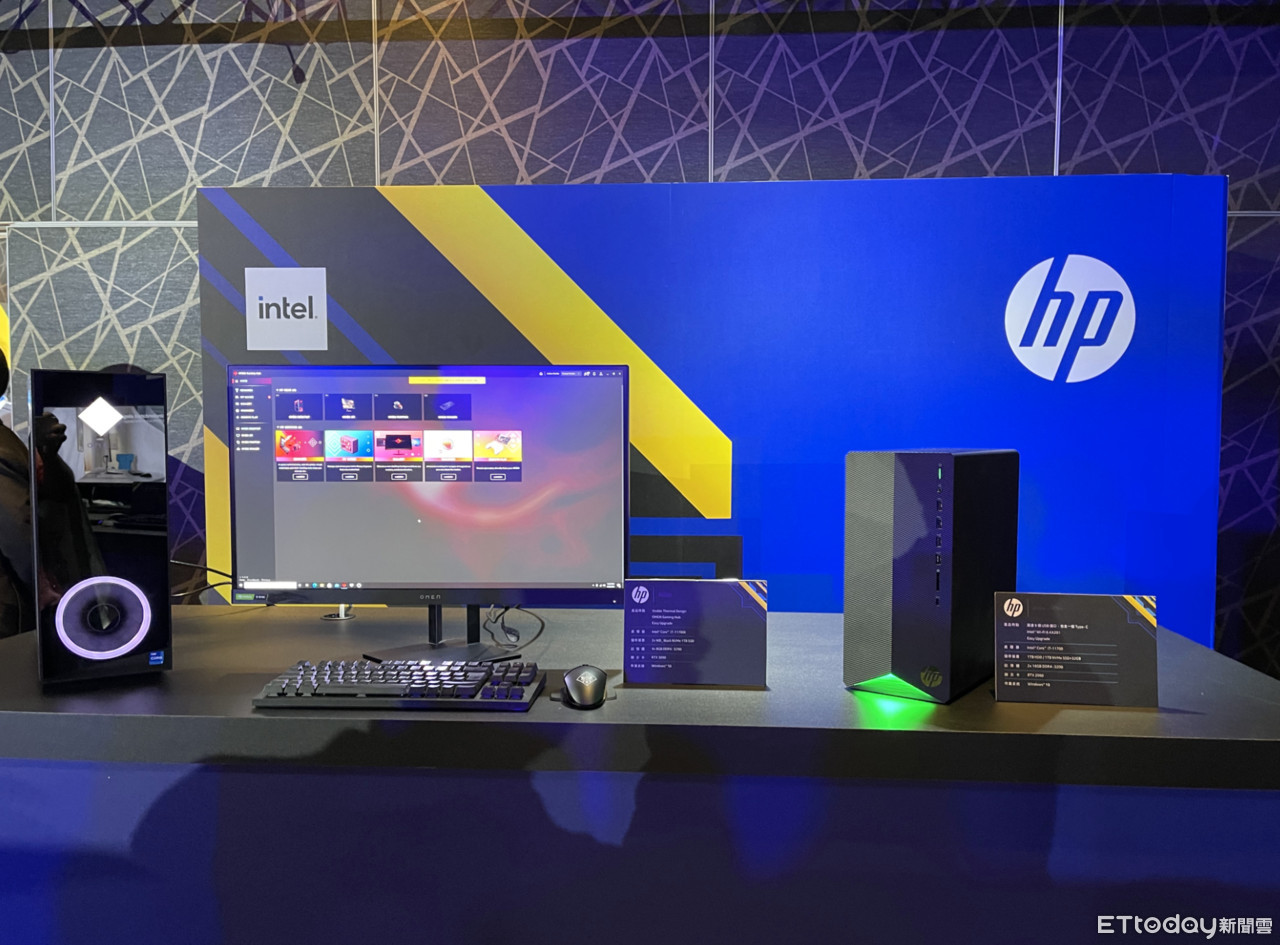
▲HP這次展示僅針對舊產品做一個硬體升級的動作。(圖/記者洪聖壹攝)
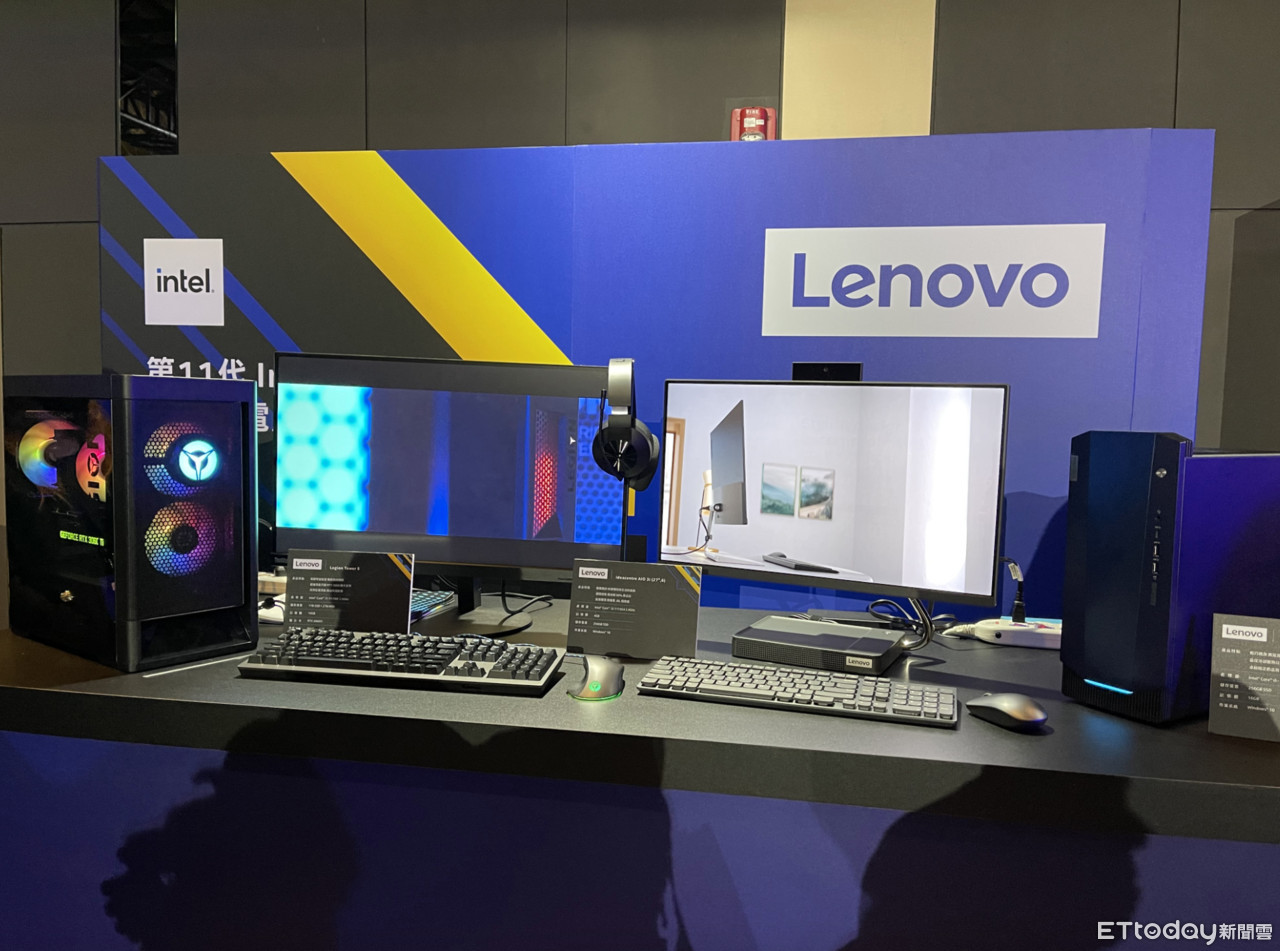
▲Lenovo 展示兩款主機組合,其中 Legion Tower 5 裝下 RTX 3060Ti 顯卡,標榜冷冽狂暴的效能。(圖/記者洪聖壹攝)
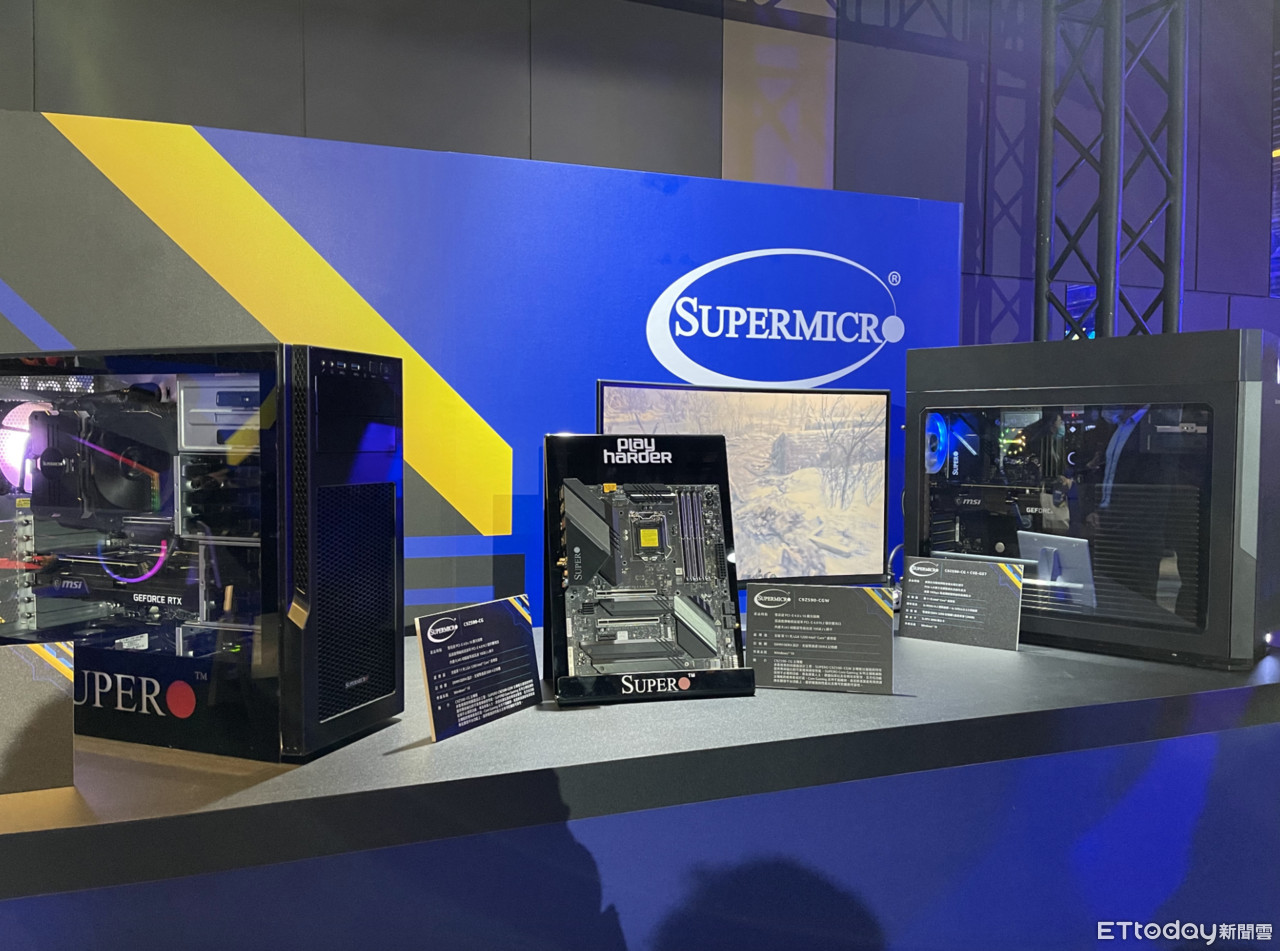
▲SUPERMICRO今年在自行開發的主板當中也著重散熱機制的再提升,也是全場少見的水冷式散熱。(圖/記者洪聖壹攝)
全台筆電收購 全台筆電收購